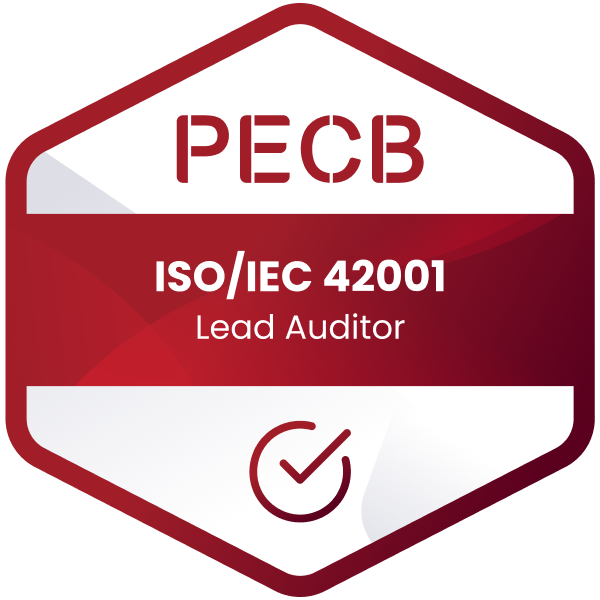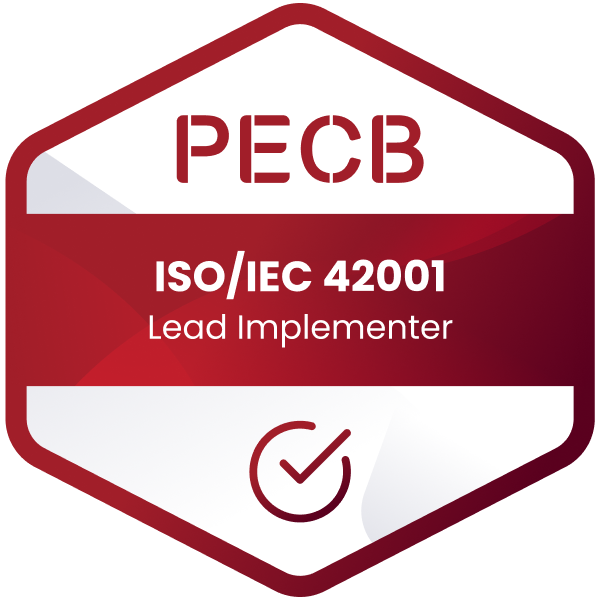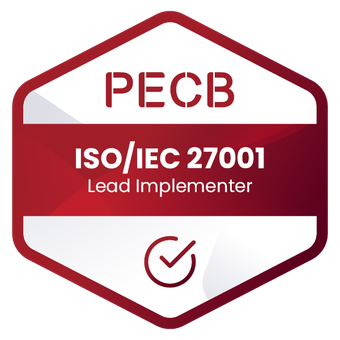ISO/IEC 42001 Preparation for AI Management Systems (AIMS)
A clear route to ISO/IEC 42001 — gap assessment, implementation, internal audit, and handover
What is ISO/IEC 42001
ISO/IEC 42001 is the international standard for an AI Management System (AIMS). It defines how organizations design, build, deploy, and improve AI in a controlled, risk-based way — covering governance, accountability, lifecycle controls, and continual improvement. Certification demonstrates that AI operations follow a documented system of policies, procedures, roles, and evidence aligned to the standard.
What are the main benefits of implementing ISO/IEC 42001?
Responsible AI
Ensures ethical and responsible use of artificial intelligence.
Reputation management
Enhances trust in AI applications.
AI governance
Supports compliance with legal and regulatory standards.
Practical guidance
Manages AI-specific risks.
Identifying opportunities
Encourages innovation within a structured framework.
Incident readiness
Defined response playbooks and post-incident learning.
What ISO/IEC 42001 covers?
Governance & accountability for AI across the organization
Risk and impact assessment for AI usage
Data quality, lineage, and access controls
Model development, testing, and monitoring
Human oversight, transparency, and record-keeping
Security, privacy, incident response, and change control
Supplier/third-party management and procurement
Internal audit, management review, and continual improvement

ISO/IEC 42001 Preparation Process at a Glance
A clear sequence that turns AI governance into action: from scoping and policy through risk and controls to operation, audit, and leadership review — building the evidence base needed for ISO/IEC 42001.
Step 1.
Kick-off & Scope
Map AI use cases, roles (provider/producer/user), boundaries, interested parties, draft RACI and plan.
Step 2.
Obligations & Policy
Facilitate legal, ethical, contractual obligations register. Align with existing IMS (e.g. 9001/27001). Draft AI Policy and objectives.
Step 3.
Risk & Impact
Stand up AIMS risk process and AI impact assessment (AIIA) method. Define risk acceptance criteria and evaluation cadence.
Step 4.
Controls & SoA
Map risks to Annex A, design lifecycle controls, build the Statement of Applicability.
Step 5.
Implement & Train
Embed processes in day-to-day tooling (tickets, CI/CD/MLOps, model registry, incident channels), run role-based training.
Step 6.
Operate & Measure
Start collecting metrics, run AIIAs on priority systems, close early nonconformities.
Step 7.
Internal Audit
Plan and Execute internal audits against 42001 & Annex A, sample AI systems end-to-end, raise findings and CAPA.
Step 8.
Management Review
Facilitate leadership review: performance, risks, resources, changes, opportunities, go/no-go for certification.
Step 9.
Pre-assessment
Run Stage-1-style doc review, then Stage-2-style effectiveness tests (interviews, records, sampling). Coach SMEs for auditor interviews.
Step 10.
Audit Support
Help select/brief Certification Body (CB), finalize scope code, audit plan, sites, sampling, day-of-audit support, expedite CAPA.
Step 11.
Post-certification Surveillance Prep
Build a 12-month surveillance calendar; tune KPIs, schedule periodic AIIAs, refresh risk register and SoA as systems change.
Certified ISO 42001 & 27001 Specialists

ISO/IEC 42001 Lead Auditor
Plans and conducts AIMS audits to verify conformity, effectiveness, and improvement needs for AI governance.

ISO/IEC 42001 Lead Implementer
Designs and deploys an AIMS aligned to ISO/IEC 42001, embedding policies, controls, roles, and evidence.

ISO/IEC 27001 Lead Auditor
Establishes and optimizes an ISMS per ISO/IEC 27001, unifying risk treatment, controls, and documentation.

ISO/IEC 27001 Lead Implementer
Leads ISMS audits to assess compliance, test control performance, and drive corrective actions before external assessment.
Get Audit-Ready for ISO/IEC 42001
Ready to streamline your ISO compliance? Contact us for a tailored consultation today!
FAQs
ISO/IEC 42001 Preparation clear answers
Organizations of any size involved in developing, providing, or using AI-based products or services. It is applicable across all industries and relevant for public sector agencies as well as companies or non-profits.
Yes, it's designed to be applicable across various AI applications and contexts.
An AI management system, as specified in ISO/IEC 42001, is a set of interrelated or interacting elements of an organization intended to establish policies and objectives, as well as processes to achieve those objectives, in relation to the responsible development, provision or use of AI systems. ISO/IEC 42001 specifies the requirements and provides guidance for establishing, implementing, maintaining and continually improving an AI management system within the context of an organization.
The ISO/IEC 42001 standard offers organizations the comprehensive guidance they need to use AI responsibly and effectively, even as the technology is rapidly evolving. Designed to cover the various aspects of artificial intelligence and the different applications an organization may be running, it provides an integrated approach to managing AI projects, from risk assessment to effective treatment of these risks.
ISO has a number of standards that help mitigate the risks and maximize the rewards of AI, including ISO/IEC 22989, which establishes terminology for AI and describes concepts in the field of AI; ISO/IEC 23053, which establishes an AI and machine learning (ML) framework for describing a generic AI system using ML technology; and ISO/IEC 23894, which provides guidance on AI-related risk management for organizations.
ISO/IEC 42001 on the other hand is a management system standard (MSS). Implementing this standard means putting in place policies and procedures for the sound governance of an organization in relation to AI, using the Plan‐Do‐Check‐Act methodology. Rather than looking at the details of specific AI applications, it provides a practical way of managing AI-related risks and opportunities across an organization. It therefore provides value for any business or entity.
